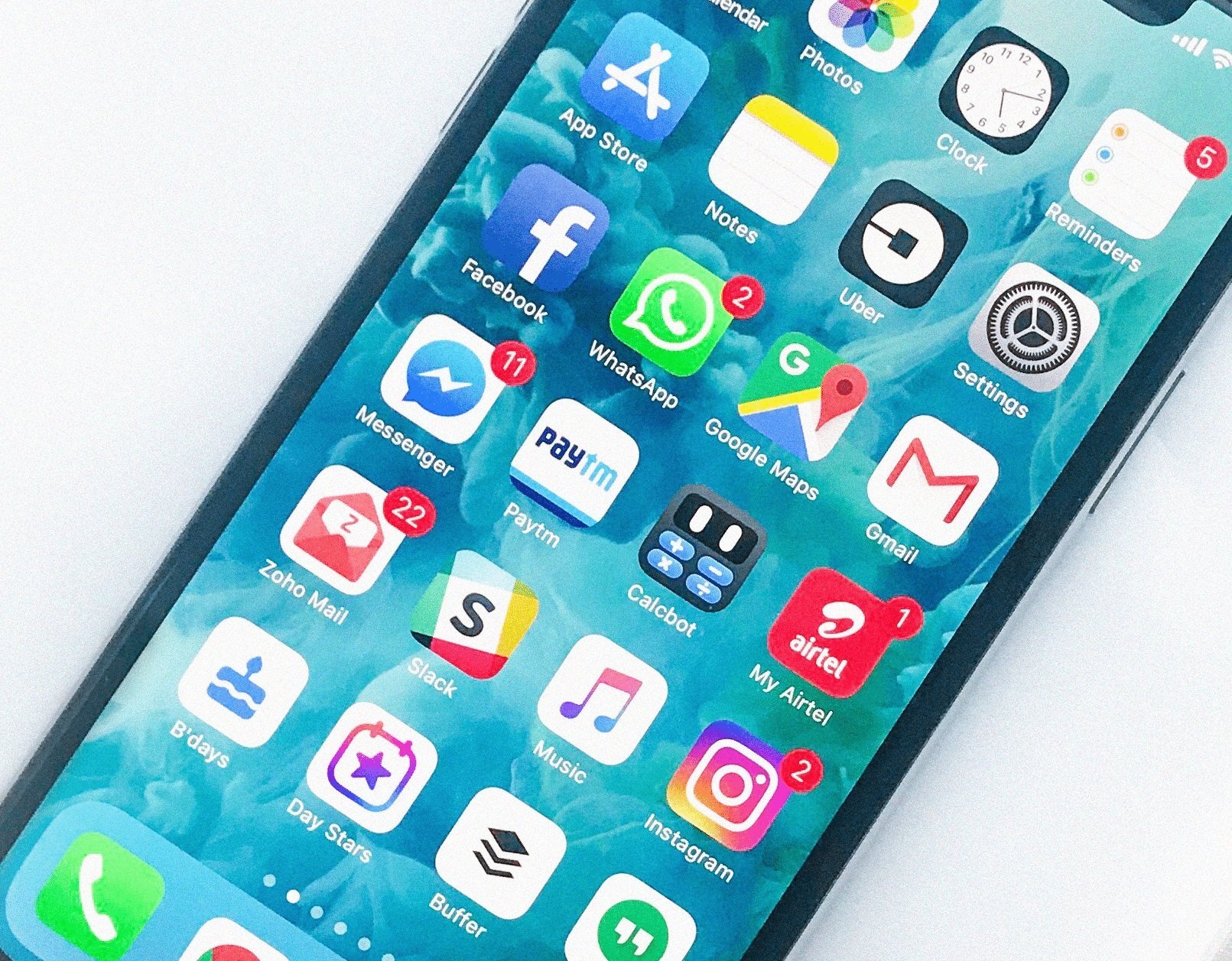Besides food, clothes, and having a roof over our head, mobile phones and their apps have become the fourth necessity in our daily lives. So, it’s fair to say that we rely on them a lot.
Table of Contents
Why a mobile app?
Mobile apps have transformed our world massively, bringing the most relevant information to us easily. Some of them save us time, some of them entertain us, and some allow us to communicate with others. But where some popular apps like Instagram, Facebook, and Google Maps are used repeatedly every single day, others are not as favoured. The reason why? It’s all down to their set of features.
There is a correlation between the apps that get favoured every day and the ones that don’t. It’s all about the functionalities an application offers, which leave a lasting impression on the user.
Whether you’re looking to create a mobile app or you simply love using various apps to add ease, here are the features that make apps part of our daily lives:
Simple and quick sign-up
Let’s face it; no one likes filling out online forms and giving away every bit of personal data. So, if you’re looking at creating a mobile app, look at cutting back time with the signup and log-in section. Keep it simple and concise.
If you can provide an option for users to log in via social media channels, that is a huge bonus point. Most people have all the regulars on their phones, from Facebook to Twitter, which makes signing in super easy.
Encourage an on-the-go attitude
So many people can benefit from having apps – it’s just about learning how to use them to make your life easier. Look at some of the growing trends. Online banking, online photo editing, and online learning are just some of today’s biggest online growth areas. For those who want to learn new skills that fit around their active lifestyles, they now turn to online courses they can be flexible with. However, people need to see how these can fit into their busy lives and want to be able to switch on to their learning course when they have some downtime, like commuting or relaxing in the house.
You can now take online courses in everything from finance to business management and beyond, and the beauty of it is you can catch up on your modules via your phone.
Where there are markets as big as online learning, it’s key to make online use as simple and as ‘on-the-go’ as possible, which will encourage people to go down this route.
Responsive Design
Some mobile apps try to develop an app which brings in all the latest tools, functionalities, and technologies, but this is where they fail. It can be way too confusing for the customer, who wants a simple and streamlined design.
The mobile app must be developed to provide the best experience for the user, and this is where a simple and responsive design works best. It must be foolproof, as the minute someone gets confused or feels they can’t understand it, they’ll close it down.
Seamless Navigation
Your app can’t afford to neglect the approach of seamless navigation. The flow needs to be simple, yet also interactive, keeping the user entertained, and their attention focused throughout.
The menu needs to have clarity, and any drop-down or subcategory pages must be clear to see, making the user journey flow with ease. Think about the app visuals at this stage too. The colour scheme, photography, and graphic treatments all help to create an atmosphere for the customer, which should be attractive and make them feel comfortable.
For example, a female wellness and beauty app should be filled with inspiring images, calming colours, and graphics that give a pretty and feminine approach.
The list above features are just some of the features that contribute to a successful mobile app people want to be using daily. If you’re looking at app creation, always make sure you hone in on your target audience first and carry out thorough research into their habits and lifestyles.
The more you know about how a person uses their mobile, the easier it is to tailor an app.






